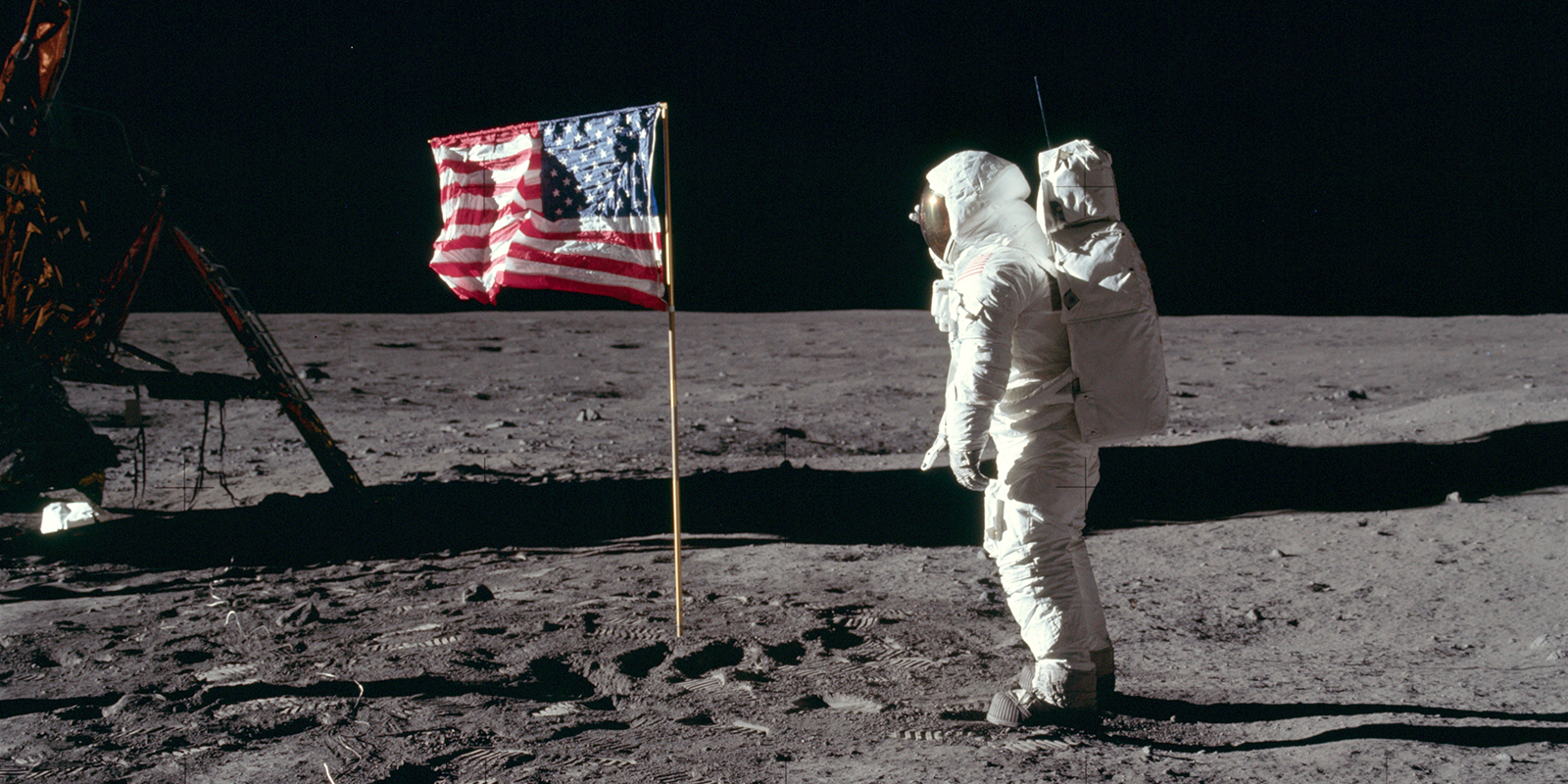The Birth of Space Exploration
Mankind’s quest for the stars began in earnest in the 20th century. After two catastrophic World Wars, the United States and the Soviet Union overturned nearly 500 years of European domination of the planet and took hold of the globe’s political and military leadership. These two new superpowers almost instantly spawned a new Cold War, threatening each other and their allies with the newfound threat of nuclear annihilation.
THE SPACE RACE
This rivalry between the two states soon escalated into a sizeable “space race,” with both sides trying to gain the upper hand in the development of spaceflight capabilities. In 1957, the Soviets gained a significant victory with the successful launching of the satellite Sputnik and became the first power to put a human in space four years later. The continuation of this technological rivalry reached a climax in 1969, when the United States became the first country to land successfully on the moon.
“That’s one small step for [a] man, one giant leap for mankind…”
NEIL ARMSTRONG – American Astronaut
In the decades to follow, further advances into space technology took on both militaristic and scientific approaches. While many great strides in technology were the result of Cold War rivalries, they also led to new forms of satellites and robotics that benefitted civilian populations.
As a byproduct, interest in space exploration surged throughout pop culture. Science fiction began to enthusiastically develop, utilizing literature, television and cinema to capture the imaginations of people around the planet. Each of these stories gave humanity a glimpse beyond life on earth and toward a new future never before envisioned.
By the close of the century, human knowledge of Earth’s solar system had expanded dramatically – the result of countless unmanned missions to the orbits and surfaces of neighboring moons and planets. Soon vast communication networks became the result of extensive satellite systems, prompting an increasingly-intricate system of global interaction and culture.




